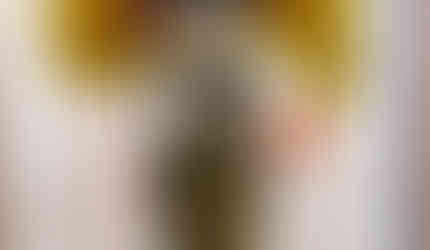- Julie Epp
- Oct 29, 2023
- 2 min read
Updated: Feb 18, 2024
A few weeks ago I finished a new watercolour painting that I feel was a bit of a tricky but worthwhile journey for me. Despite the hurdles (and the masking fluid fiasco), it really came together in the end and I am in love with it!
On top of that, the piece was accepted into a show at Century House in New Westminster, where it will be for a few more weeks! Check it out here.
I also wrote a statement for it, framed around the theme for the show and the concepts behind the work. As a piece progresses I spend a lot of time thinking about the colours and the imagery I am using and the narrative of the work, and this one was a slow evolution. Normally I am a stickler for mixing my own colours too but the colours I needed for this piece were so specific I ended up purchasing new paint colours to get the earthy and almost glowing reds and yellows in this piece.

And here are a few in-progress pictures:
Here is the statement to go along with the piece:
"I created this artwork with the intent of using colour to address the complex emotions associated with death and grieving. The end of life is often regarded as bittersweet. The process of grieving by those left behind is treacherous and lonely, only comforted by the reminder that the person passed is free and without the pain tied to the tangible world.
The deliberate use of color serves as a metaphorical vehicle, with the deeper, darker hues symbolizing the gravity of mortality, while the hints of light symbolize the yearning for liberation and transcendence. This evocative dichotomy explores the emotional terrain between life and death, inviting contemplation of the human condition in all its complexities.
I introduce flowers into the composition to add another layer of significance, as these delicate blooms, bursting with vitality and symbolic of life's ephemeral beauty, provide a poignant counterpoint to the weighty themes of mortality and liberation. With reference to remembrance and paying homage to those dying for a selfless purpose, the poppies play a dual role both pointing to death, but also to life as flowers are so often a symbol for.
In essence, this artwork becomes a visual and emotional journey, where colour, contrast, and symbolism converge to engage the viewer in an exploration of the human experience, delving into the emotions tied to death, the longing for freedom, and the enduring essence of life."
This original painting is 10"x14" (14"x18" framed, white frame) and is available for purchase through my website or through julie@julilyart.com. Prints are also available here!
Until next time,
xoxo,




















